Welcome to the world of animals that start with the letter ‘Y’! Despite being a less commonly used letter in animal names, there are still plenty of incredible creatures out there. From the well-known yet elusive yak, to the majestic and rarely seen yellow-eyed penguin, there are so many fascinating animals to discover.
You might even be surprised to learn about the yabby, a freshwater crayfish found in Australia, or the yellow baboon, a colorful primate native to Africa. Whether you’re a seasoned animal lover or just looking to expand your knowledge, join us as we explore the diverse and enchanting world of animals that begin with the letter ‘Y’.
Table of Contents
Overview of animals that start with y
1. Yabby

The Yabby is a fascinating freshwater crayfish species that inhabits several regions across Australia. With its bright blue colour, it’s also commonly referred to as the Cyan Yabby. Catching these creatures has become a popular activity in many parts of Australia, with people setting out on expeditions to catch them. However, what’s most impressive about the Yabby is its ability to travel many kilometres across dry land. It’s hard to imagine a freshwater crayfish navigating across dry land, but the
2. Yak
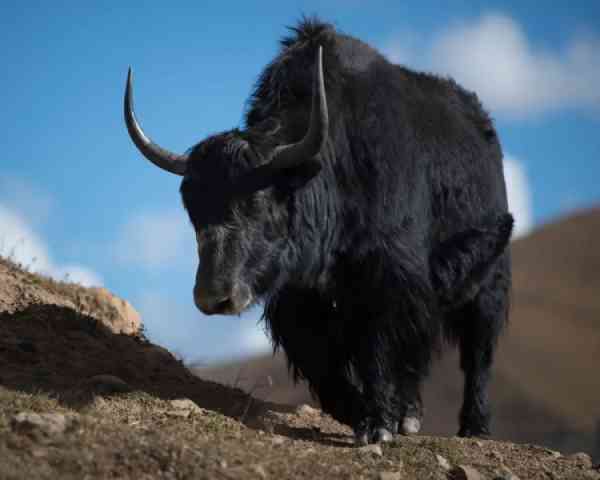
Yaks are fascinating creatures that call Tibet, China, and Central Asia their home. With their thick, hairy coats and tough constitutions, these animals can survive in brutally cold environments and at high elevations where oxygen is scarce. In fact, their unique ability to thrive in these conditions makes them a perfect fit for life on mountain peaks. But while yaks excel in the rarefied air at the top of the world, they struggle in more temperate climes. Surprisingly, their heavy coats can make mild temperatures feel unbearable, leading to heat fatigue.
3. Yellow Ground Squirrel
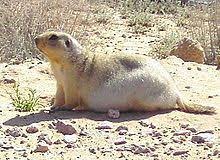
The Yellow Ground Squirrel is a fascinating creature that can commonly be found in many parts of Russia and Central Asia. These squirrels are well-adapted to the sandy steppes and are known for their large size. However, what really sets them apart from other squirrel species is their unique ability to hibernate but also aestivate. Yes, you read that right – aestivation is basically hibernation but during the summer months. This combination of characteristics makes the Yellow Ground Squirrel an intriguing subject for nature enthusiasts and researchers alike.
4. Yellow Mongoose
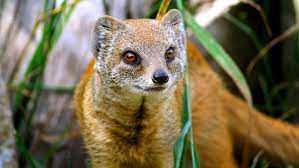
The yellow mongoose, native to Southern Africa, is a fascinating creature to observe in its natural habitat. With distinctive yellow or reddish fur and lighter undersides, these mongooses look stunning in the sunlight. However, as much as they may look charming, it’s worth bearing in mind that yellow mongoose can carry the deadly rabies virus for years without exhibiting any symptoms. This interesting fact underscores how important it is to exercise caution while admiring these creatures from a safe distance.
5. Yellow Sac Spider
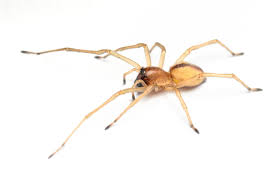
As the darkness sets in, and most creatures call it a day, the Yellow Sac Spider slowly awakens. These nocturnal arachnids are found in many parts of America, with similar species in other corners of the world. They are expert hunters, patiently waiting in tiny web sacs they have skillfully built, ready to pounce on their unsuspecting prey. Interestingly, the Yellow Sac Spider does not rely on its delicate web to catch its dinner. They are active hunters, constantly on the move, searching for their next meal.
6. Yellow-eyed Penguin
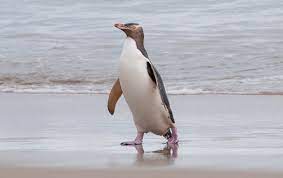
The yellow-eyed penguin is a unique and captivating creature. Although it is the fourth largest penguin in the world, it remains largely unknown to many due to its limited habitat – native only to New Zealand. It’s easy to recognize by its yellow eyes and distinctive yellow stripe running from one eye to the other behind its head. But what really sets this penguin apart is its rarity; it is the rarest species of penguin on the planet. Seeing one in the wild is a truly special experience, a reminder of the beauty and diversity of our planet’s wildlife.
7. Yellowfin Tuna
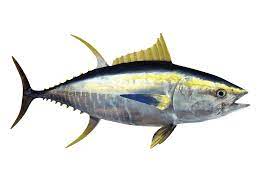
The sight of a yellowfin tuna swimming in the deep blue sea with its long fins protruding from its back and stomach is truly a mesmerizing sight. This distinctive fish, which can grow to weigh up to 450 pounds, is a favorite among many seafood lovers and is the second most commonly eaten tuna species. What’s even more fascinating is that newly hatched yellowfin tuna are almost microscopic, making them incredibly difficult to spot in the vastness of the ocean.
8. Yeti Crab
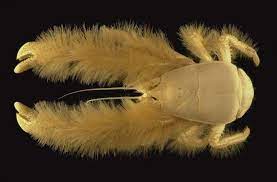
Deep in the depths of the ocean lives a unique species of crab – the Yeti crab. These crustaceans are known for their vibrant ‘hairy’ arms, which they use to gather bacteria for sustenance. But that’s not the only interesting thing about them. Imagine stumbling upon a giant mound of crabs huddled together for warmth. That’s exactly what you would see near hydrothermal vents, where up to 700 Yeti crabs can be found per square meter!
9. Yellow-winged Bat
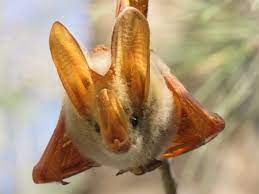
When it comes to the world of bats, the yellow-winged bat stands out with its unique characteristics and habits. These fascinating creatures can be found exclusively in Africa, where they spend their days roosting in trees, cavities, and sometimes even buildings. As for their diet, these bats subsist on insects, using echolocation to locate their prey. But perhaps the most interesting aspect of the yellow-winged bat is its tendency to have not just one, but two roosts at any given time.
10. Yuma Myotis
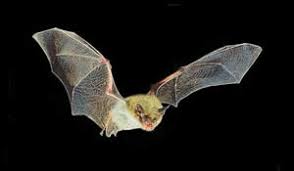
The Yuma Myotis is quite a fascinating species of vesper bats. Native to North America, this little creature is unique for its dull coat that gives it a distinct look. While its upper body is a bit darker, its underside is significantly lighter, which makes it easy to spot against the sky. But what really sets this bat apart is its incredible interfemoral membrane. Not only does it help the Yuma Myotis fly with agility, but it also serves as a pouch to help it catch larger insects.
11. Yellow-throated Marten
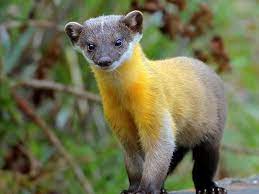
The Yellow-throated Marten is a magnificent creature that captivates the eye instantly. With a striking blend of white, yellow, brown, and black, their fur stands out in the animal kingdom. Not only beautiful, this marten is also the largest of its kind in the world. Found exclusively in Asia, it is known to be a skilled omnivore, with its diet ranging from small fruits to even cats and small deer. One cannot help but be impressed with this stunning and versatile animal.
12. Yellowhammer
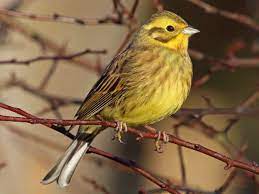
When it comes to birds, there are definitely some that stand out more than others. The Yellowhammer is one such species, with the bright yellow feathers of the adult male making it instantly recognizable. Even for those who aren’t bird enthusiasts, it’s hard to miss the sight of a Yellowhammer perched in a tree or soaring through the sky. Yet it’s not just their appearance that’s intriguing. Yellowhammer eggs have dark scribbles that give the impression someone has been writing on them with ink.
13. Yacare Caiman
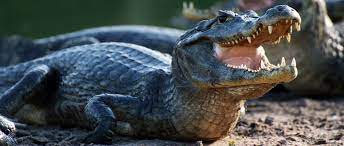
The Yacare Caiman can be found lurking in the waters of Bolivia, Argentina, Paraguay, and Brazil. At one point in time, these creatures were hunted relentlessly for their coveted skin, causing their populations to dwindle. However, with the implementation of strict conservation measures, the Yacare Caiman’s numbers are on the rise once again – a relief to those who feared the worst for the reptiles. Despite their fearsome reputation, these crocodilians have a unique feeding habit. Their young are not spared – in fact, the Yacare Caiman will often consume their own offspring, chowing down on the shells once they have hatched.
14. Yellow-footed Antechinus
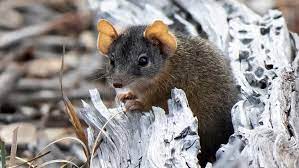
In the vast wilderness of Australia, there is a tiny marsupial that roams about, mostly unnoticed. The Yellow-footed Antechinus may look like a shrew, but it is actually a marsupial. Like many other animals on the continent, the Yellow-footed Antechinus has a pouch. This unique feature is what sets marsupials apart from other mammals. What’s fascinating about the Yellow-footed Antechinus is its relatively short lifespan of less than a year.
15. Yellowjacket
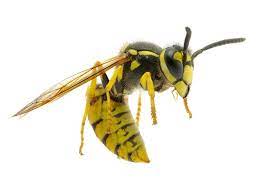
The Yellowjacket is a fierce and determined creature that can be found in almost any habitat where humans reside. Their striking yellow and black stripes might make them look like bees, but don’t be fooled – they are actually a species of wasp. Despite their intimidating appearance, yellowjackets actually play an important role in agriculture by feeding on crop pests. This little-known fact highlights the importance of coexisting with even the most formidable of creatures.
16. Yellow-backed Duiker
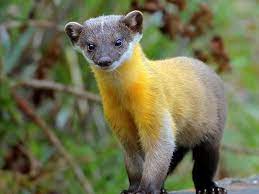
Meet the yellow-backed duiker, the latest addition to the animals that start with y club. These beautiful animals can be found roaming the forests of western and central Africa, where they are known for their speed and agility. Despite their small size, yellow-backed duikers are experts at evading predators, bolting at the first sign of danger. And, should they be threatened, these duikers have an interesting defense mechanism – the yellow hairs on their back stand on end, creating a striking visual display that warns potential attackers to stay away.
17. Yellow Anaconda
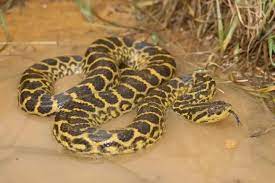
The Yellow Anaconda is a fascinating species found in many regions of South America. As one of the largest snakes in the world, it commands attention with its sheer size alone. However, what sets this species apart is its unique ability to kill prey without the use of venom. Instead, the Yellow Anaconda relies on its powerful grip to squeeze prey to death. This might sound like a gruesome method, but it’s an effective one for a snake that lives close to bodies of water where it can easily ambush prey.
18. Yellow-eye Rockfish
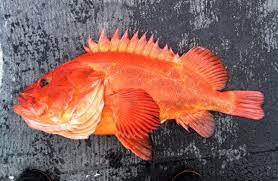
The Yellow-eye Rockfish is a fascinating species that inhabits the depths of the eastern Pacific. What makes them unique is their ability to change color as they age. Starting out as a vibrant reddish-orange hue, they eventually transition to a pale yellow color as they get older. But that’s not even the most impressive thing about these fish. They have been known to live for up to 120 years!
19. Yungas Pygmy Owl

The Yungas Pygmy Owl is one of the most fascinating species of owls found in Argentina, Bolivia, and Peru. What separates these owls from others is their unique ability to turn their necks up to 270 degrees. This allows them to be excellent hunters, catching their prey with ease. But that’s not all, these tiny creatures also have some tricks up their sleeves to protect themselves. Their dark feathers and false eyes on their napes are meant to fool attackers into thinking they are bigger than they really are.
20. Yellow-banded Poison Dart Frog
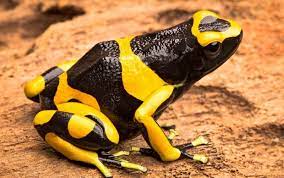
In the dense rainforests of Venezuela, Brazil, and the eastern edges of Columbia, lurk some of the world’s most vibrant amphibians – the poison dart frogs. With their striking yellow and black coloration resembling a warning sign, these frogs are highly poisonous and not to be taken lightly. However, what’s interesting to note is that their toxicity comes directly from their diet. These little critters rely on munching on specific insects that help them develop their poison. Without these creatures, these frogs would become harmless and less fearsome to their predators.
FAQs
What is an animal beginning with Y?
The Yak is a long-haired bovine found in the Himalayan region of Asia, and it is well adapted to the high altitudes and cold climates of the mountains.
What is an ox that starts with Y?
Yan ox (Bos sauveli), also known as the Yanbian ox or Korean yellow ox. It is a domesticated breed of cattle found in the Yanbian Korean Autonomous Prefecture in China.
Final Words
Animals that start with Y are some of the most unique species on the planet. From the majestic yellow-bellied marmot to the playful yak, each of these animals has its own special characteristics that set them apart from the rest. These creatures exist in various habitats and exhibit a wide range of behaviours that keeps us captivated.
Some animals begin their names with a ‘Y’ that you might not have known about previously, such as the yellow baboon and the yellow-headed blackbird. It is fascinating to learn about these rare and exotic animals and appreciate the diverse array of life that inhabits this planet.
Though not as well-known as some of their animal counterparts, animals that start with Y deserve recognition for their distinct qualities and the important roles they play in their ecosystems.
Reference:
- https://www.activewild.com/animals-that-start-with-y/
- https://museumofzoologyblog.com/2020/09/08/animal-alphabet-x-y-and-z/

Jeevan Kodiyan
An animal enthusiast with an interest in zoology, studying the behavior and activities of animals in the wild habitat. I work on research projects related to species conservation and endangered species protection. I also leverage zoology to become an educator, educating others about the importance of protecting our natural environment and the beauty of animals in their natural habitats.








